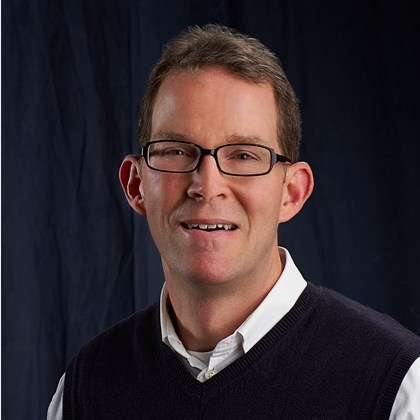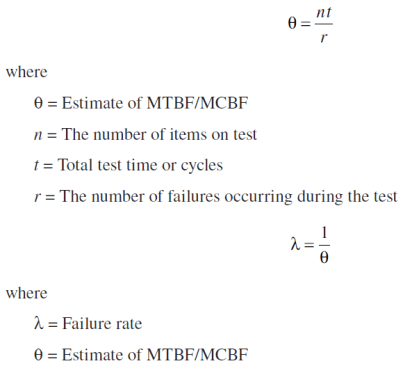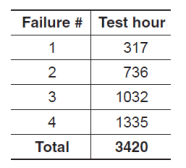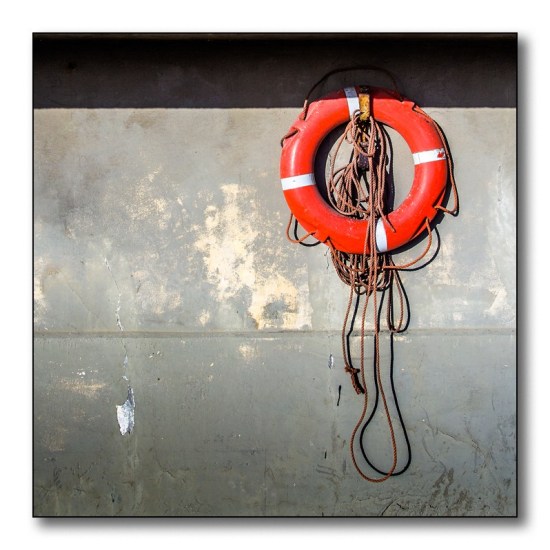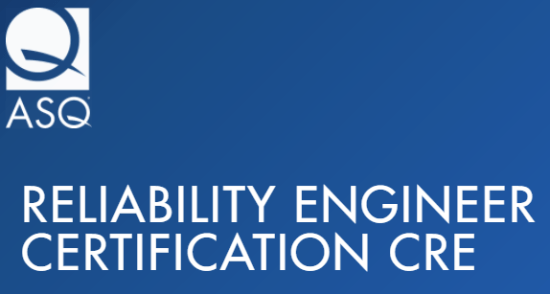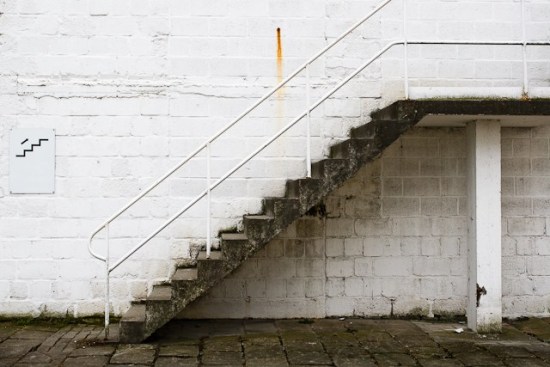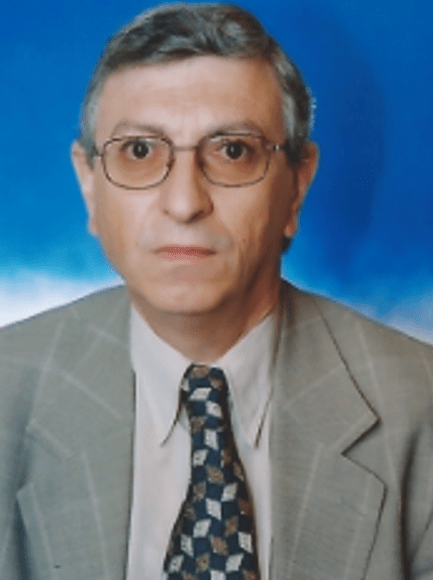
Tell us your name
Spyros Vrachnas
Where do you live?
Athens, GREECE
Tell us about your education background.
Pr. Eng. E.E, George Washington University, 1987
M.S.E.E, George Washington University, 1980
B.S.E.E, New York Institute of Technology, 1977
Tell us about your professional background.
INTRACOM DEFENSE ELECTRONICS, 1990-2011
HEWLETT PACKARD HELLAS, 1989-1990
MANAGEMENT SCIENCES APPLICATIONS INC. (USA), 1985-1988
RELIABILITY SCIENCE INC. (USA), 1980-1985
TRACOR INC. (USA), 1978-1980
SOLAREX CORP. (USA), 1977-1978
35 years of engineering experience (USA and Greece) in Reliability and Quality Assurance/Quality Control in the electronics industry.
Written papers and developed/presented seminars on topics: Reliability of Electronic Systems, Electrostatic Discharge (ESD) Protection, Quality Management Systems (ISO 9000), Statistical Process Control (SPC), Methods and Techniques for Quality Improvement.
I was introduced to Quality Systems in 1988, while attending a presentation (at NAVSEA, USA) on MIL-Q-9858 Quality Program Requirements and an introduction to ISO 9001.
How have you given back to the reliability profession?
How have you given back to the reliability profession? Currently serving as the ASQ Reliability Division Regional Councilor for Greece.
Senior member of the ASQ, member since 1990, ASQ CRE 1988.
What do you enjoy most about reliability?
I enjoy setting-up and executing reliability tests and accelerated life tests on electronic hardware.
What do you do for fun and relaxation?
Music, Reading, Science.
What is reliability in your own words?
The ability to function for a specified period of time, under stated conditions.


